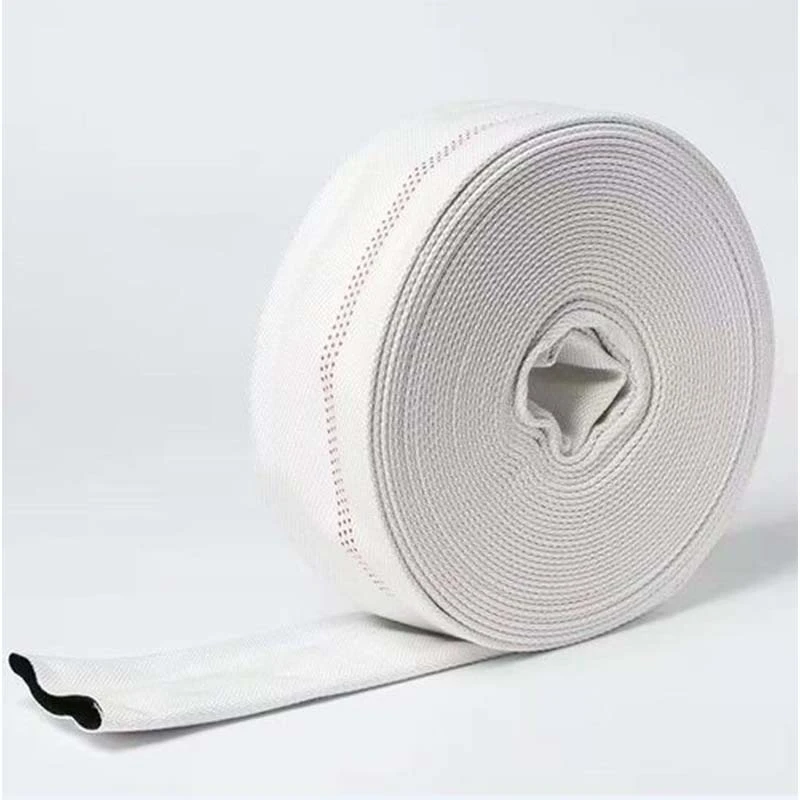pneumatic tubing material
The Essential Guide to Pneumatic Tubing Materials
Pneumatic systems are vital for a wide range of industrial applications, providing efficient solutions for automation, control, and transport of materials. At the heart of these systems are pneumatic tubing materials, which play a crucial role in determining the efficiency and reliability of pneumatic operations. Selecting the right tubing material can significantly impact the performance of a pneumatic system, making it essential to understand the various types available and their respective properties.
Types of Pneumatic Tubing Materials
1. Polyurethane (PU) Tubing Polyurethane tubing is one of the most widely used materials in pneumatic applications due to its flexibility and durability. This material is known for its excellent abrasion resistance, which makes it suitable for environments where wear and tear are prevalent. PU tubing is highly flexible, allowing it to bend easily without kinking, which is crucial in applications that require sharp turns. Additionally, PU tubing is resistant to oils and many chemicals, enhancing its applicability in various industries, including automation and robotics.
2. Polyvinyl Chloride (PVC) Tubing PVC tubing is another popular choice due to its cost-effectiveness and availability in various sizes and colors. It offers a good balance of rigidity and flexibility, making it versatile for different pneumatic applications. PVC is resistant to a broad range of chemicals, but it may not perform as well as polyurethane in terms of flexibility at lower temperatures. Additionally, PVC tubing is often transparent, allowing for easy visual inspection of the airflow and any potential blockages.
3. Nylon Tubing Nylon tubing is favored for its strength and resistance to impact and abrasion. It is less flexible than PU tubing but offers greater rigidity, which can be beneficial in certain applications where structural integrity is a concern. Nylon is also resistant to chemicals and can withstand higher temperatures compared to other materials. However, it tends to absorb moisture, which could be a disadvantage in humid environments. This property means that users must consider the operating conditions carefully when opting for nylon tubing.
pneumatic tubing material

4. Polyethylene Tubing Polyethylene (PE) tubing is lightweight and flexible, making it ideal for various low-pressure applications in pneumatic systems. While it lacks some of the abrasion resistance qualities of PU or nylon, it is resistant to moisture and many chemicals. PE tubing is commonly used in softer applications, such as agricultural systems and in low-pressure pneumatic setups. Due to its affordability, it provides an economical choice for several implementations.
Factors to Consider
When selecting pneumatic tubing material, several factors should be considered
- Operating Pressure and Temperature Different materials handle varying levels of pressure and temperature. Make sure the tubing material can withstand the system’s operating conditions. - Chemical Compatibility Assess the substances that the tubing will come into contact with to avoid degradation or chemical reactions that could compromise performance. - Flexibility and Bend Radius Choose a material that offers the necessary flexibility for your application, while also considering the minimum bend radius to prevent kinking. - Environmental Conditions Consider external factors such as exposure to moisture, dust, and UV radiation, which may affect the material's durability and functionality.
Conclusion
Pneumatic tubing is a critical component in the efficiency and reliability of pneumatic systems. With a variety of materials available, including polyurethane, PVC, nylon, and polyethylene, selecting the appropriate tubing is vital based on the specific requirements of the application. By understanding the properties and characteristics of each material, engineers and operators can make informed decisions that enhance the performance and longevity of their pneumatic systems. Choosing the right tubing not only ensures optimal operation but also minimizes maintenance and operational costs in the long run.
-
Welded Wire Mesh Panel: Durable, Versatile, and AffordableNewsJul.28,2025
-
Top Quality Oxy Acetylene Hoses for Sale Fit for Welding DemandsNewsJul.28,2025
-
The Future of Pneumatic Air Tubes in IndustryNewsJul.28,2025
-
Superior and Reliable LPG Hose Pipe Solutions for Every NeedNewsJul.28,2025
-
Exceptionally Durable and Versatile Premium Braided PVC TubingNewsJul.28,2025
-
Best Adapters for Connecting Garden Hose to PVC Pipe ConnectionsNewsJul.28,2025














